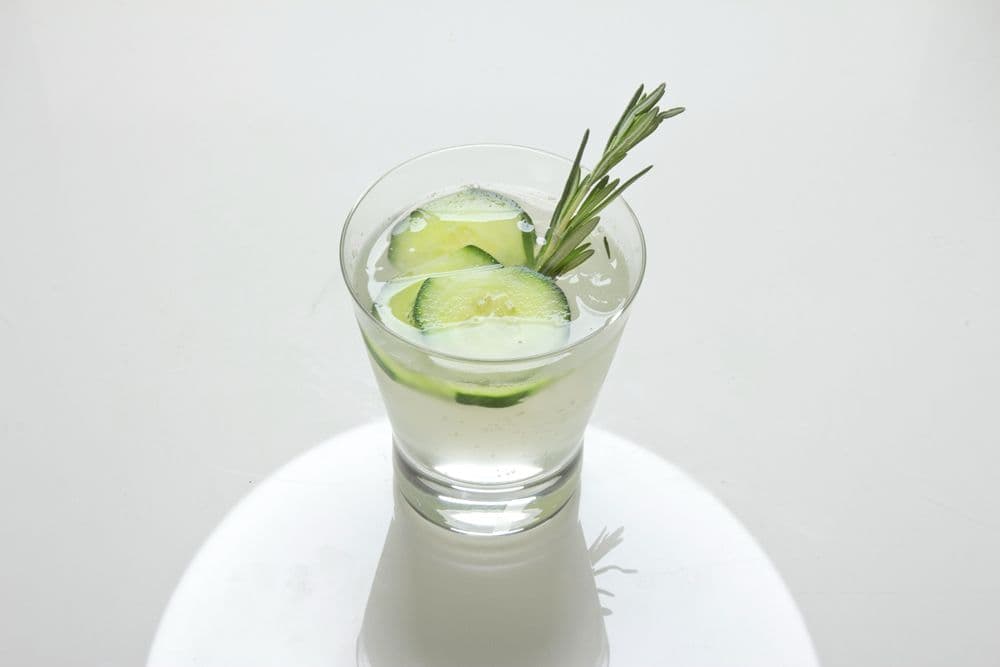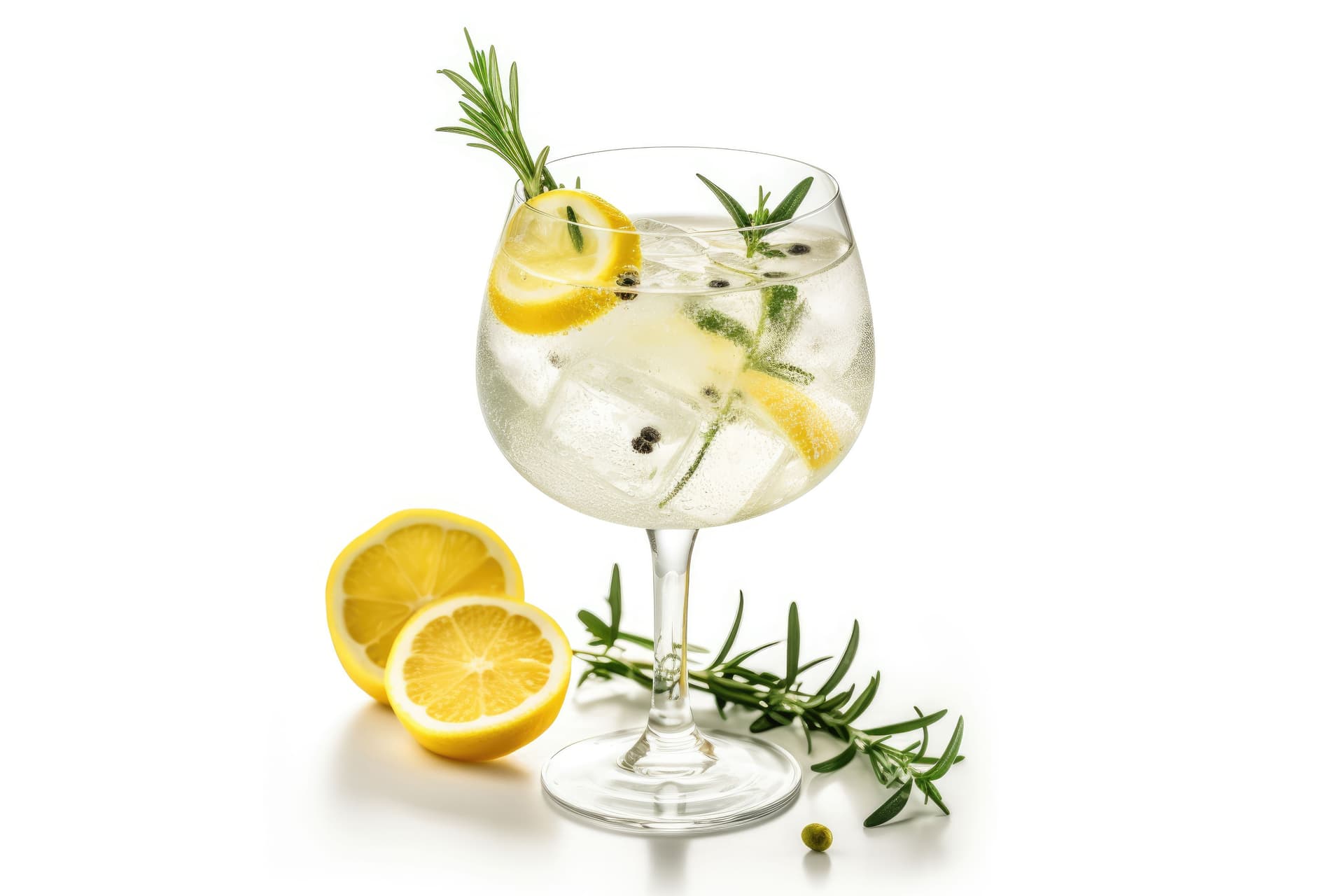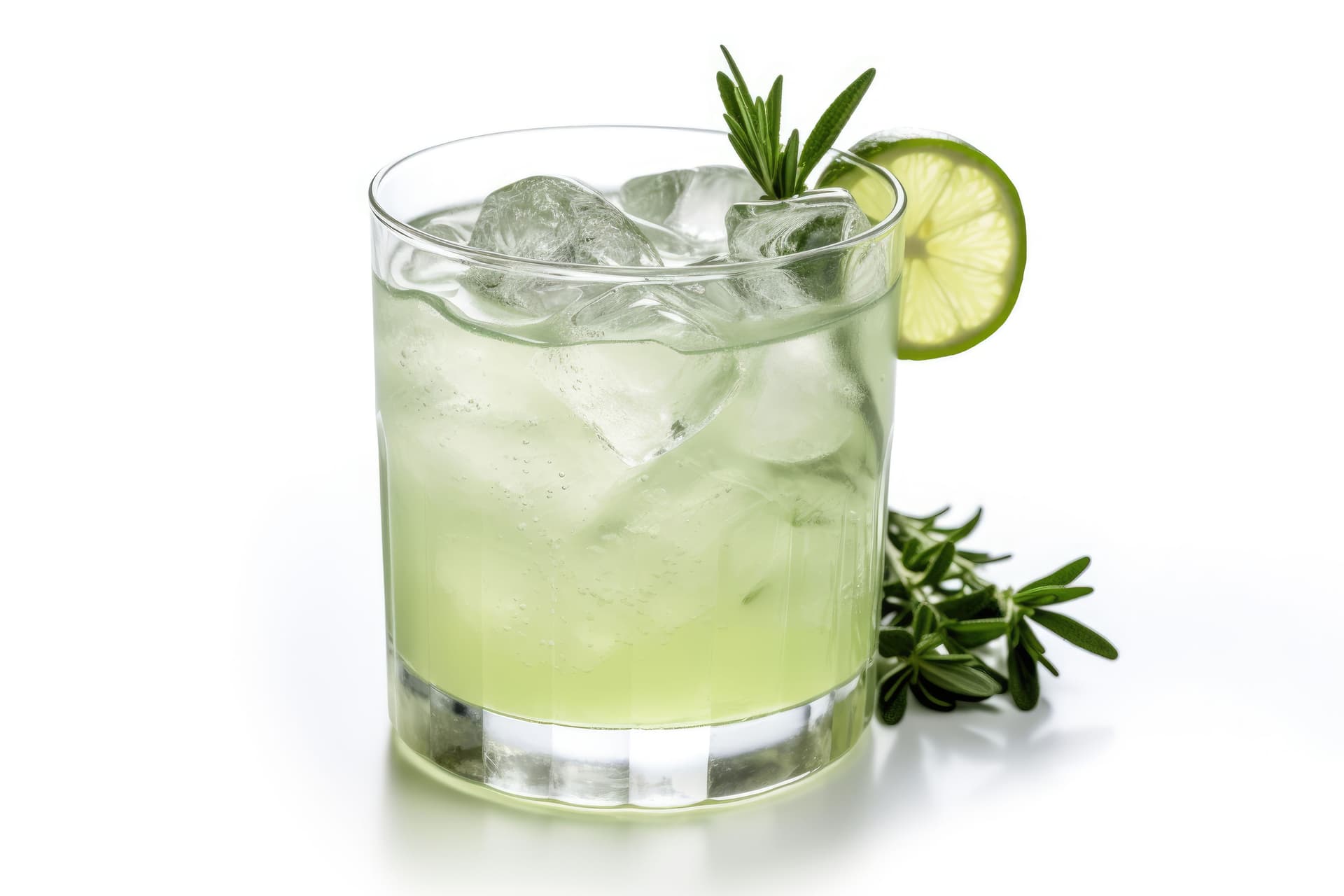Gin & Tonic Cocktail: 5 Tips For Making A Perfect Drink At Home
The clean flavour of gin and tonic is achieved by combining the layered botanicals of gin with the vivid bitterness of tonic water. Most gins have a piney acidity from the juniper foundation, while flavourful additions like citrus, herbs, and spices provide new characteristics. The tonic water's carbonation and mild sweetness make a smooth cocktail that pairs well with the robust gin flavours. The end product is a dry drink with just the right amount of bitterness and a perfectly balanced sweetness.
Because all you need is a spirit, a mixer, and some ice, it's really simple to make up. There's no need to use various equipment, shake, or mix anything. The cocktail is practically made in the glass, so it's well-suited for home mixing. All it takes is a highball or balloon glass filled with ice, 15 ml of gin, and 30 ml of tonic water, with a little gentle stirring, and you have a classic cocktail. But various tips can make the drink more structured.
5 Tips For Making A Perfect Gin & Tonic Cocktail

Choose The Right Gin
When mixing a gin and tonic, it is crucial to use high-quality gin since it determines the drink's flavour. Each gin has its own unique profile due to the wide range of botanicals used in its production. Although juniper is the most prevalent flavour in gin, it is possible to find other botanical and citrus overtones as well as spicy ones. Most tonics complement London dry gin's crisp, juniper-forward flavour and clean finish. Gins with more botanical components, such as herbs, spices, or citrus peels, are a good choice if you're looking for something with more scent. Think about how much of a flavour you want the gin to be in your gin and tonic before you mix it.
Use High-Quality Tonic Water
The flavour of your gin and tonic is affected by the tonic water you use. Tonic water adds the right amount of fizz and balance, while gin imparts a wide range of flavours. While low-quality tonics may clash with the botanicals in gin, high-quality tonic water heightens the drink by highlighting the gin's subtleties. Incorporating artificial sweeteners or excessive sugar into tonic waters might give them a soda-like flavour rather than that of a refined cocktail. To complement the botanicals in gin, seek out tonic waters made with all-natural components that have just the right amount of bitterness.

Serve Over Plenty Of Ice
The ice in a gin and tonic is more important, despite how little it appears in the finished drink. For the drink to stay at the right temperature and be diluted just so, it is essential to use an adequate amount of ice. When served with ice, a gin and tonic retain its crispness for far longer than when the ice is melted. For a gin and tonic, big ice cubes or spheres work nicely because they melt at a slower rate than smaller cubes. As it melts more slowly, the drink will not dilute too rapidly, allowing the gin and tonic to stay balanced for a longer period of time.
Garnish Thoughtfully
Garnishes in gin and tonics are frequently overlooked, although they actually contribute significantly to the drink's overall quality. Carefully selecting a garnish can enhance the aroma, bring out the gin and tonic's distinct flavours, and improve the drink's presentation. Gin is served with a citrus twist, and traditional garnishes made of lemon or lime provide just the right amount of tang to balance the botanicals. A lime wedge or lemon twist can further enhance the drink's aroma and colour. Use herbs such as thyme or rosemary for a more customised taste.

Stir, Don’t Shake
An essential part of making a proper gin and tonic is stirring, not shaking, the mixture. If you shake a gin and tonic, the carbonation in the tonic water will go down, making the drink less fizzy and flat. It is crucial to maintain the effervescence of the tonic since it is the fizz that gives the gin and tonic its flavour. To mix the tonic and gin, use a long bar spoon or stirring stick and whisk gently. To keep the drink's fizz intact while blending the flavours, stir occasionally.
Simple drinks like a gin and tonic might seem foolproof, but their minimal ingredients leave no room to hide mistakes. Mistakes in ratio, using poor-quality tonic, or adding too much ice can quickly upset the equilibrium. What makes these cocktails easy to mix and surprisingly difficult is their precision and simplicity.
Drink Responsibly. This communication is for audiences above the age of 25.




